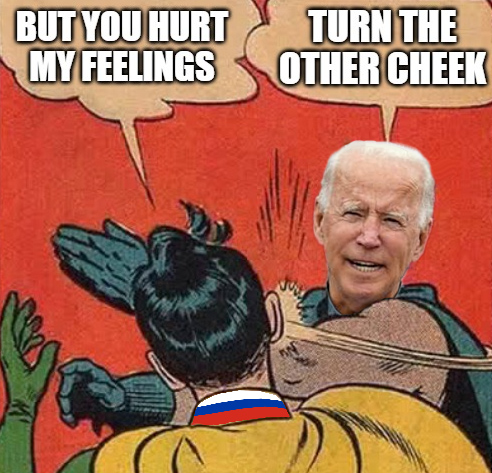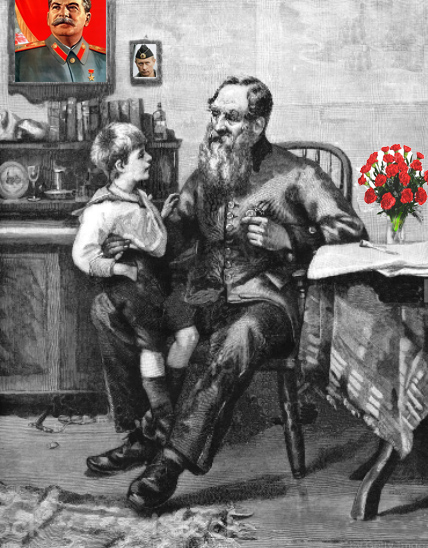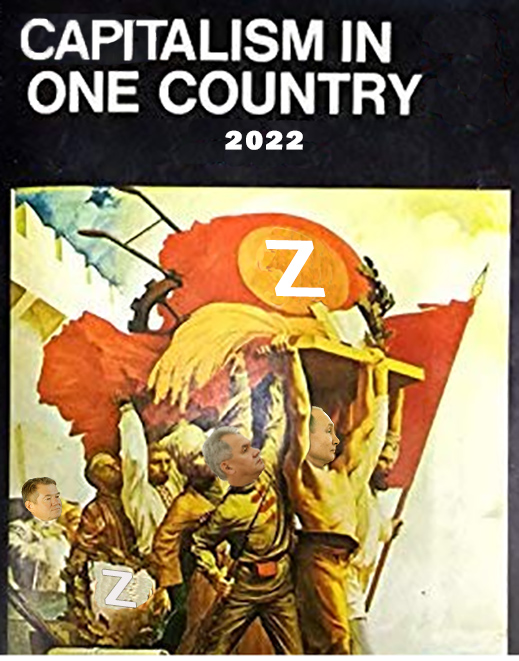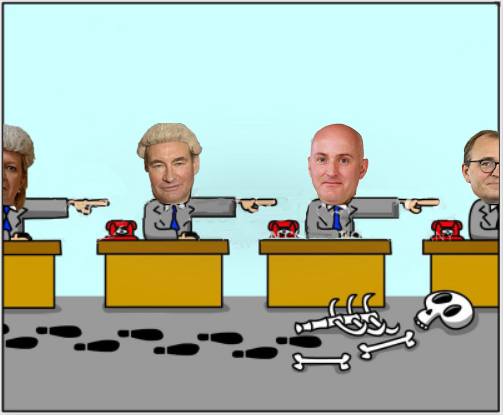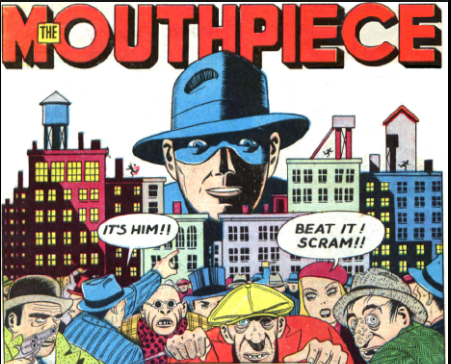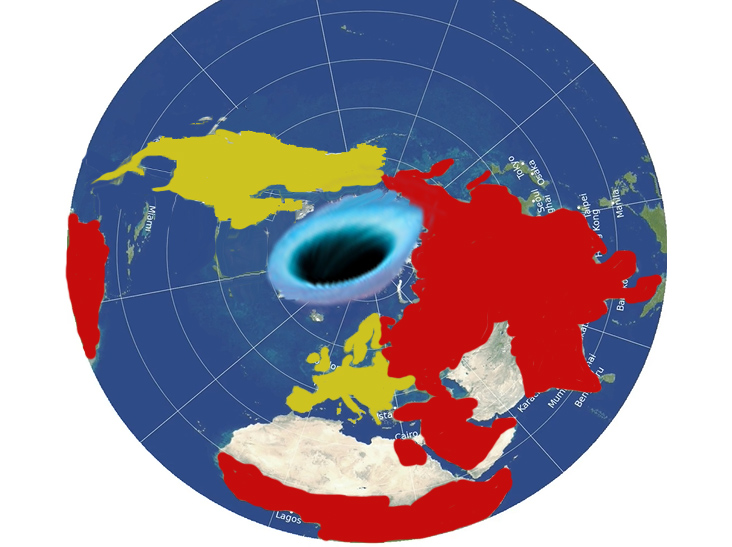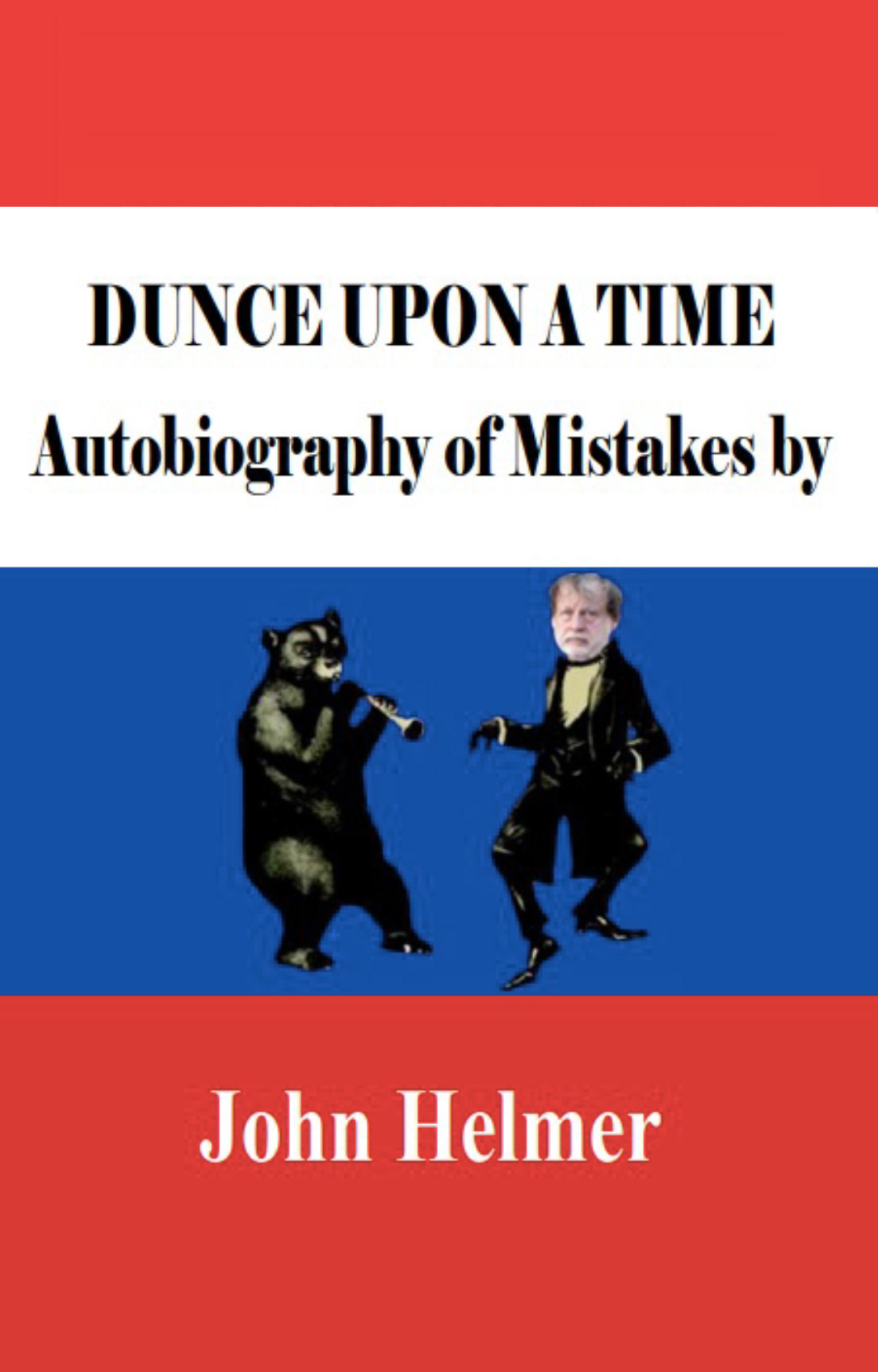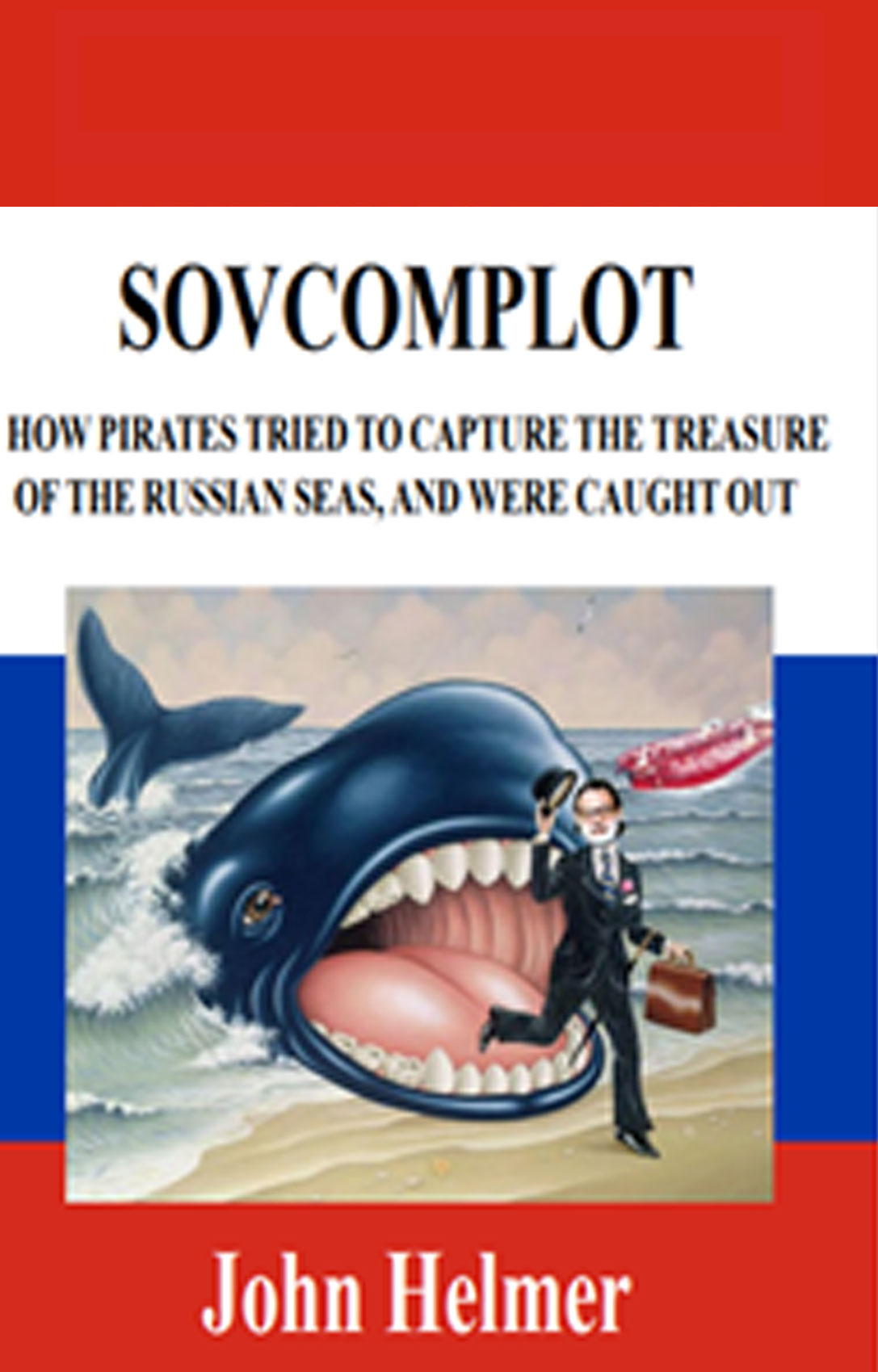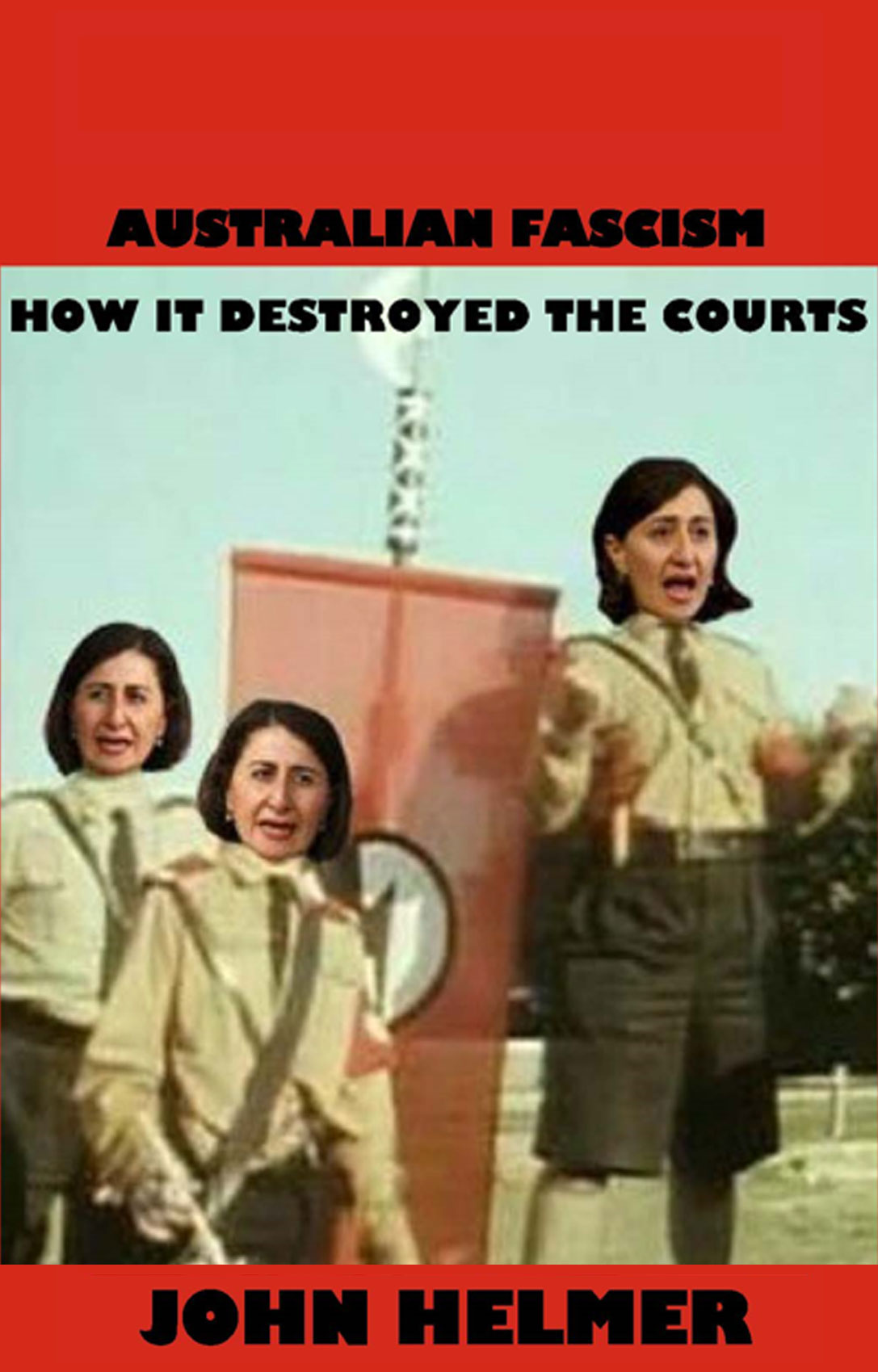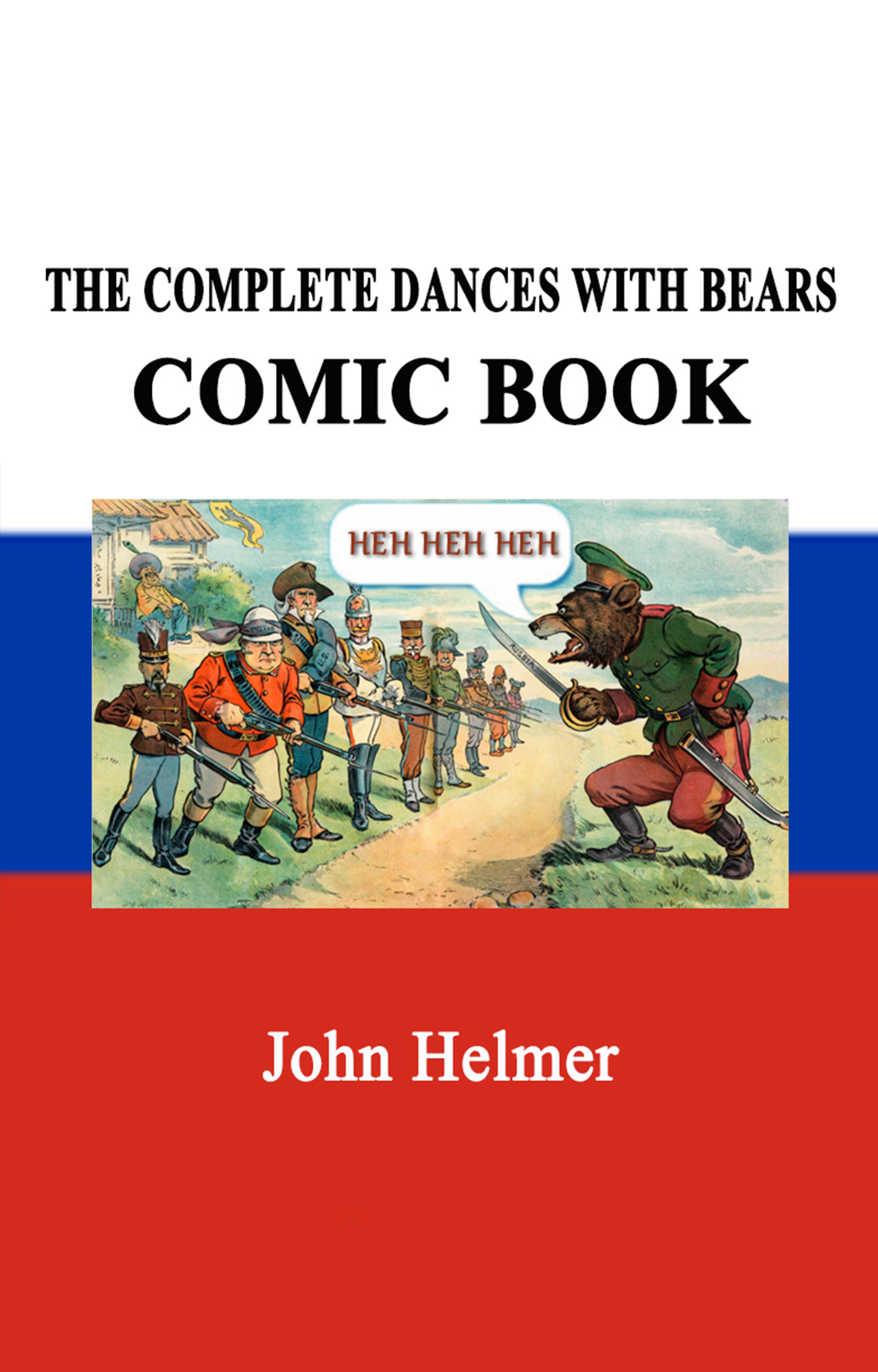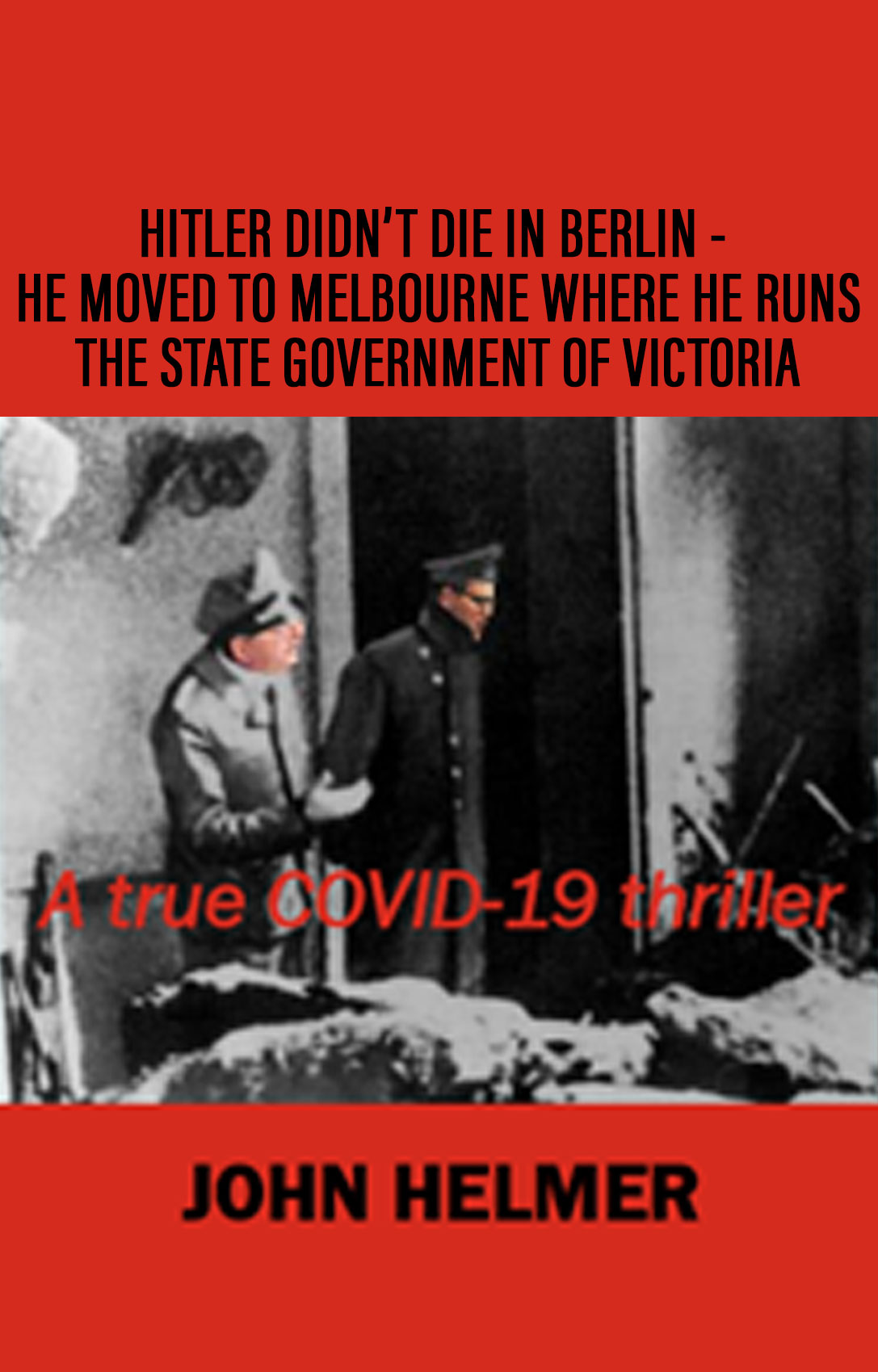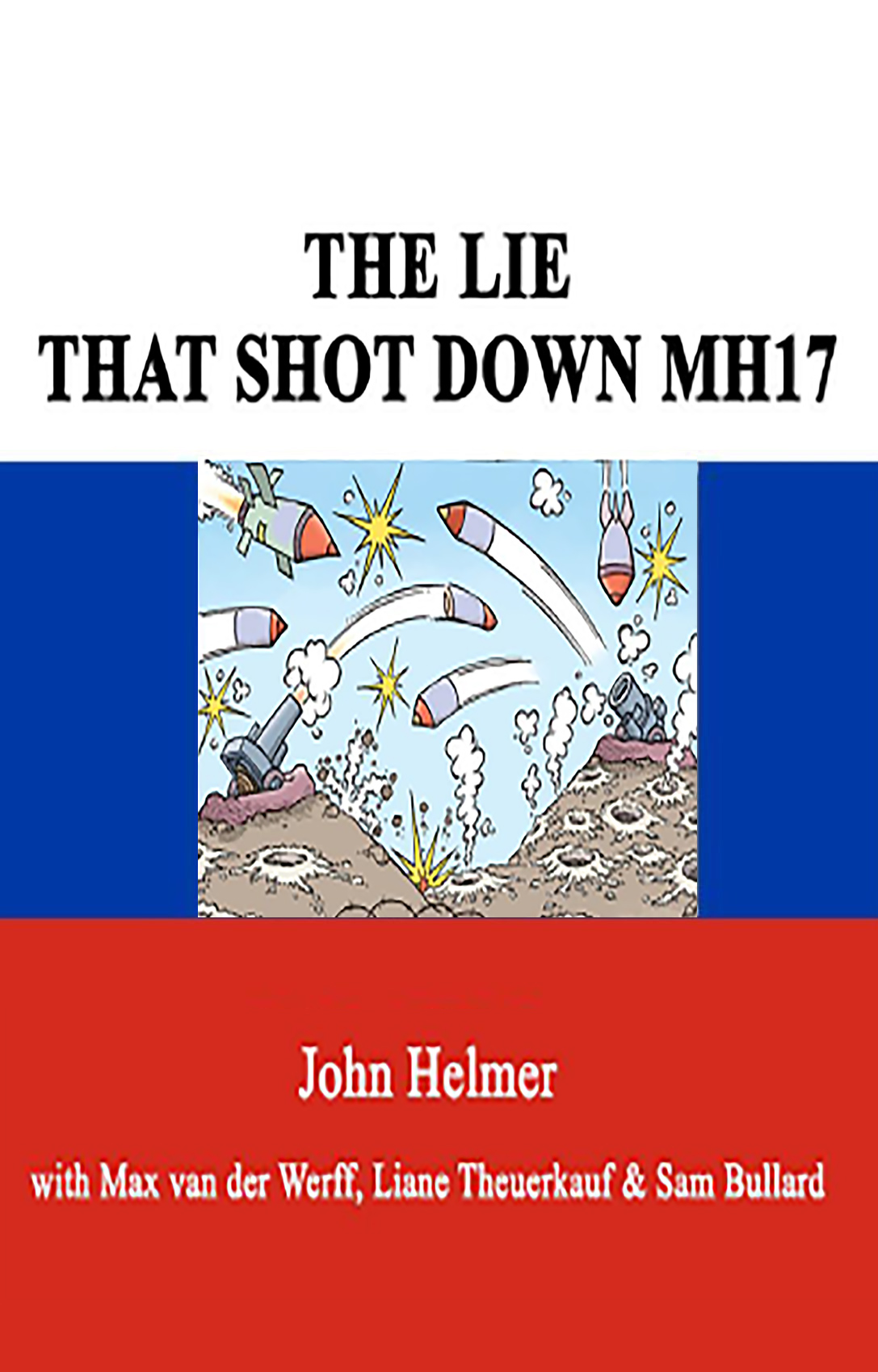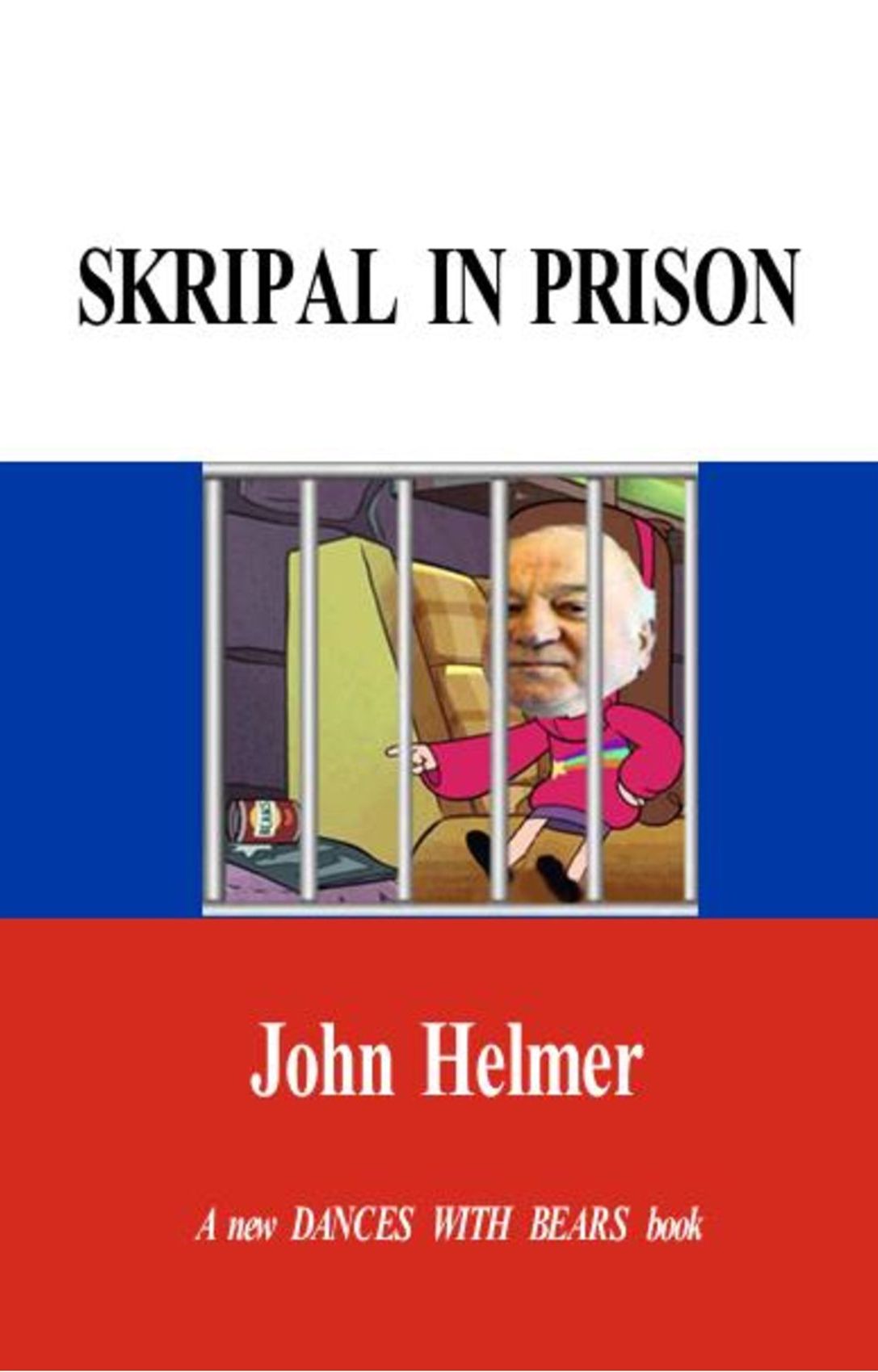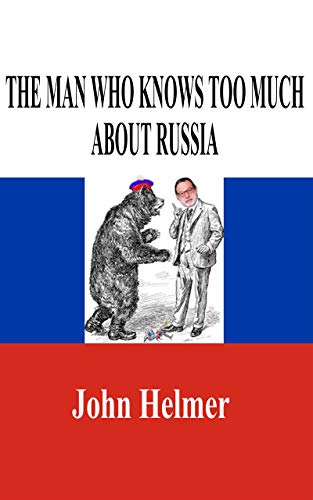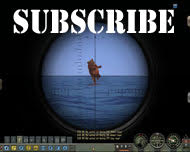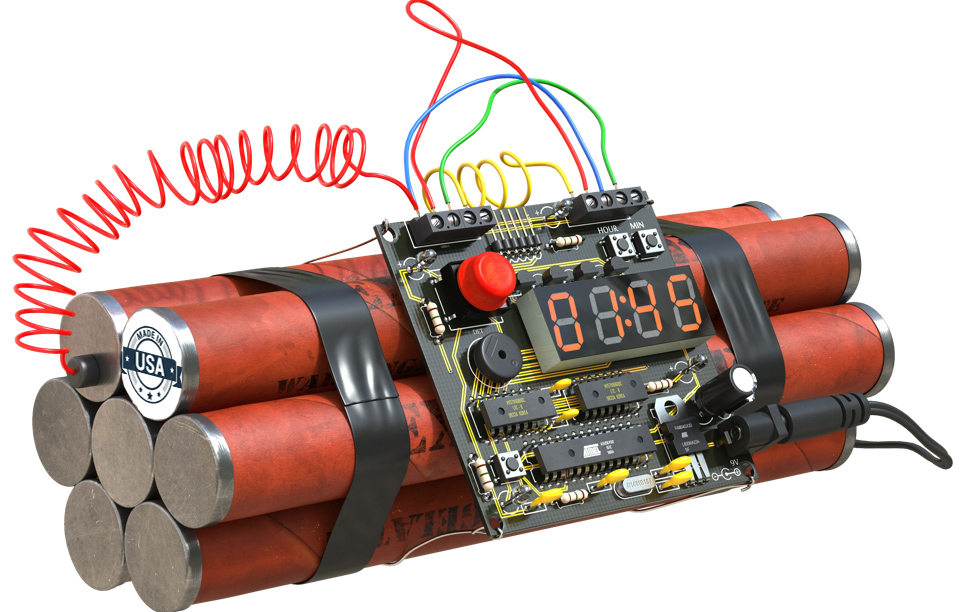

By John Helmer, Moscow
@bears_with
If you understand the war in the Ukraine as the US operation to fight to the last Ukrainian for as long as required to save the Democrats at the November election and conceal the most incapacitated president since Woodrow Wilson’s stroke in October 1919, how well is it going?
And if you understand the war as the Russian operation to defeat the NATO attack against Russia through the Ukraine, and its neighbours, what is the parallel answer?
In Washington, the war has steadied President Joseph Biden’s falling approval rating. If not for the war, Biden’s job approval on inflation and jobs, the direction of the country, and immigration would be crushing the small hope remaining that the Democrats can stave off the loss of both the House of Representatives and the Senate on November 8, and preserve their defence against the rising approval for Donald Trump’s re-run for the presidency in 2024. Biden is desperate for Ukrainian and Russian blood to keep flowing; and European too, if need be.
Score the war the best the Americans can hope for right now — but they have only six months left.
In Moscow, President Vladimir Putin and the Stavka have completed their reassessment of Phase-1 of the campaign. As Putin told Defence Minister Sergei Shoigu in his report on the Battle of Mariupol on Thursday, “we have to prioritize preserving the lives and health of our soldiers and officers…. There is no need to penetrate these [Azovstal] catacombs and crawl under these industrial facilities. Seal off the industrial zone completely.” Putin explicitly identified the same territorial objectives as he had announced them on February 24 — “our people in Donbass [to] live in peace and to enable Russia, our country, to live in peace.”
Score the war according to the Russian plan — also according to the clock.
Putin has just stretched the time for the American, Canadian and other NATO officers directing the war from their Azovstal bunker to take Marshal Friedrich Paulus’s way out of Stalingrad – surrender, not suicide; then on trial testify to the war crimes of their commanders-in-chief.
(more…)
